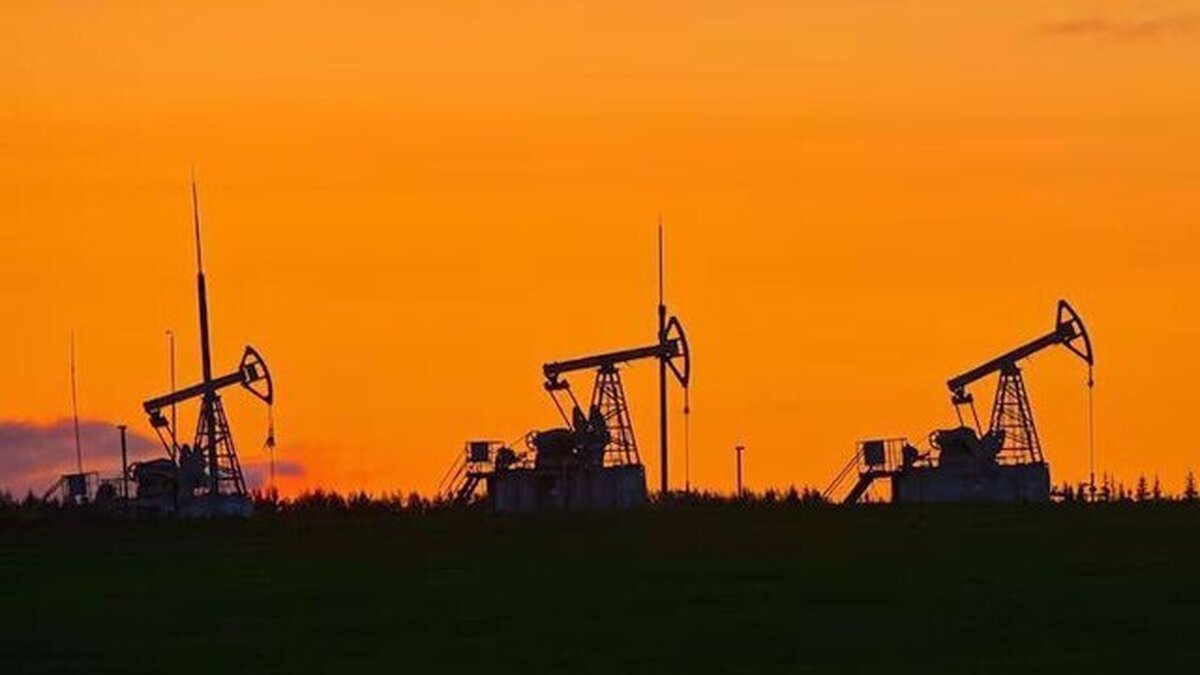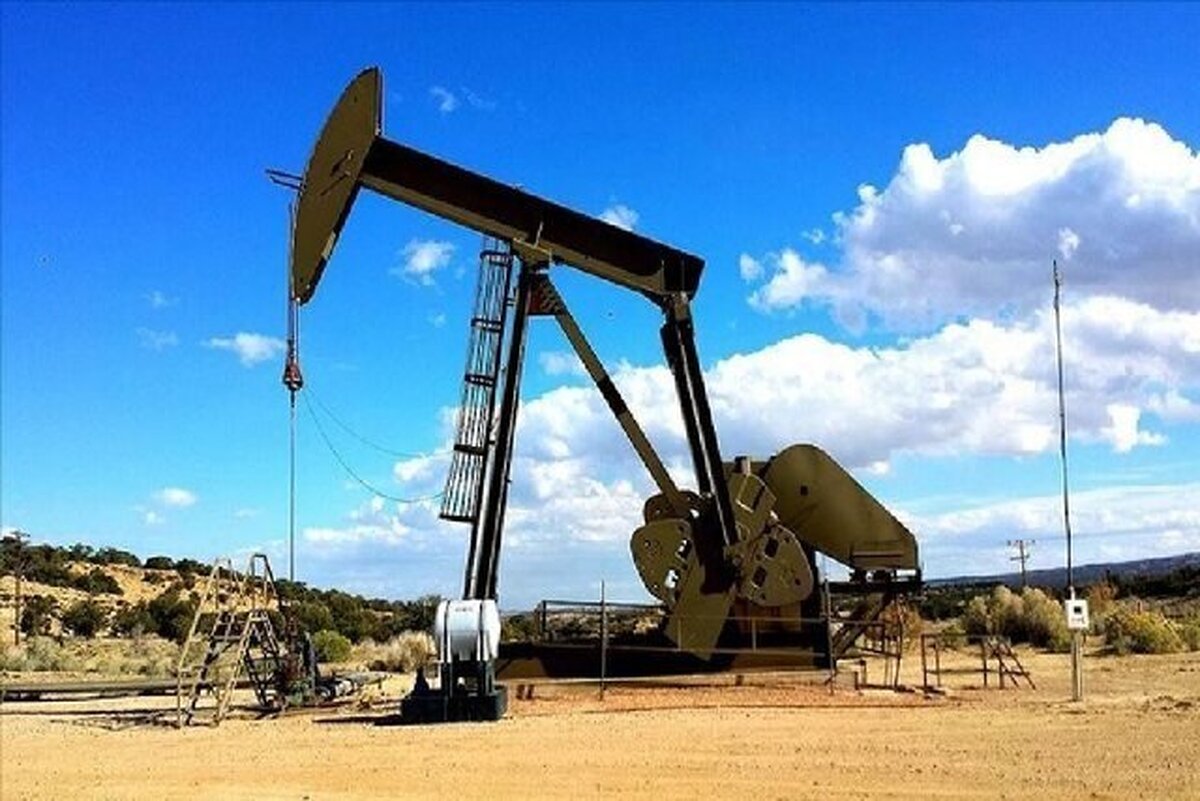
13 Wells to Be Drilled at Forouzan Oilfield to Boost Output
EghtesadOnline: Drilling operations have begun in Forouzan Oilfield to increase oil output in the joint field.
According to a contract signed earlier between the Iranian Offshore Oil Company, Petropars Group and Mobinasazeh Gostar to enhance production, 13 wells will be drilled in the field, the Oil Ministry’s news agency Shana reported.
The development project, estimated to cost $314 million, also includes repair operations at 13 other wells that are operational, establishment of 27 km of subsea pipelines and construction of two platforms and installation of associated cables.
A joint field located 100 km southeast of Kharg Island in Persian Gulf, Forouzan has 53 wells and is linked with Marjan Oilfield of Saudi Arabia.
More than 80% of the hydrocarbon reserves of the field lie in Saudi Arabian waters.
The field produces about 40,000 barrels of crude oil per day and the development project seeks to raise production by about 12,000 barrels per day.
Oil from Forouzan is transferred to onshore installations via a 20-inch offshore pipeline for storage at Kharg Oil Terminal. It was discovered in 1966 with an estimated in-place reserve of 2.309 billion barrels of crude.
The first shipment of casing pipes required for the development of Forouzan Oilfield was sent to the field.
More than 85% of the equipment and services used in Forouzan Oilfield are provided by Iranian manufacturers and companies.
Casing pipes are one of the major equipment needed in drilling oil wells, which have been manufactured by Iranian experts and engineers.
These are large diameter pipes assembled and inserted into a recently drilled section of a borehole. Similar to the bones of a spine protecting the spinal cord, casing is set inside the drilled borehole to protect and support the wellstream.
Efforts to Return to Market
Iran continues to develop its massive oil and gas sector, despite American hostility and plunging exports.
Former US president, Donald Trump, withdrew from the landmark 2015 Iran nuclear deal in 2018 and reimposed economic sanctions, mainly targeting the key oil, banking and shipping industries.
However, expansion activities have continued despite sanctions, dismal global demand and falling prices due to the spread of coronavirus and universal lockdown measures to fight the deadly disease.
Authorities say higher production would meet growing domestic demand while it would ensure a quick return to international markets when US pressure tactics end.
Negotiations are underway between Tehran and six major powers to lift US sanctions that have seen it pumping far below capacity since 2018. Iran and the six powers have been in talks since April to revive the nuclear deal, as Iran is planning a speedy increase in oil output.
Tehran's oil exports reached a peak of 2.8 million bpd before sanctions were reimposed in 2018. But the figure dropped drastically after sanctions hit the country.
According to estimates, oil exports were around 600,000 bpd in May.
The average daily oil production of Iran was 3.38 million bpd in May 2018 and officials expect the country’s output to exceed 4 million bpd when the sanctions are lifted.
Talks in Vienna, Austria, are ongoing as Iran and six world powers — the US, China, Russia, France, the UK and Germany — aim to salvage the landmark nuclear deal. Officials say there has been progress, but it remains unclear when negotiations could conclude and oil prices have been seesawing as a result.
A deal would lift sanctions on Iran and bring Tehran and Washington back to complying with the Joint Comprehensive Plan of Action.



